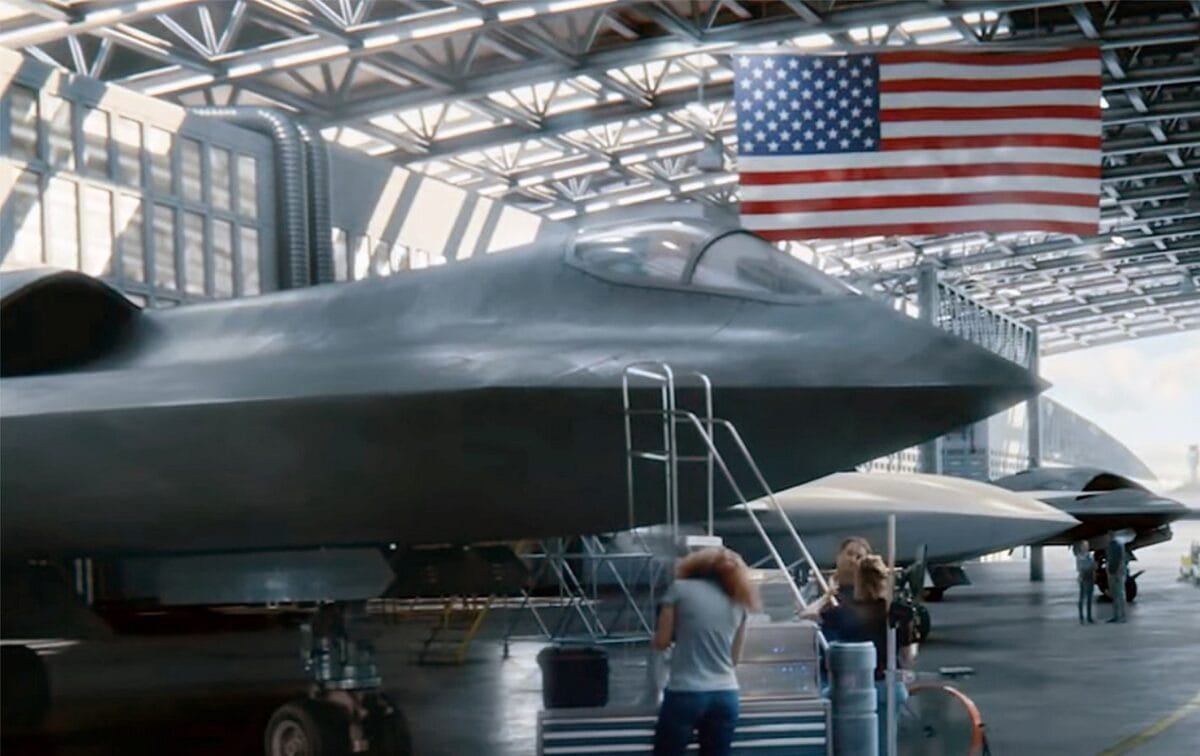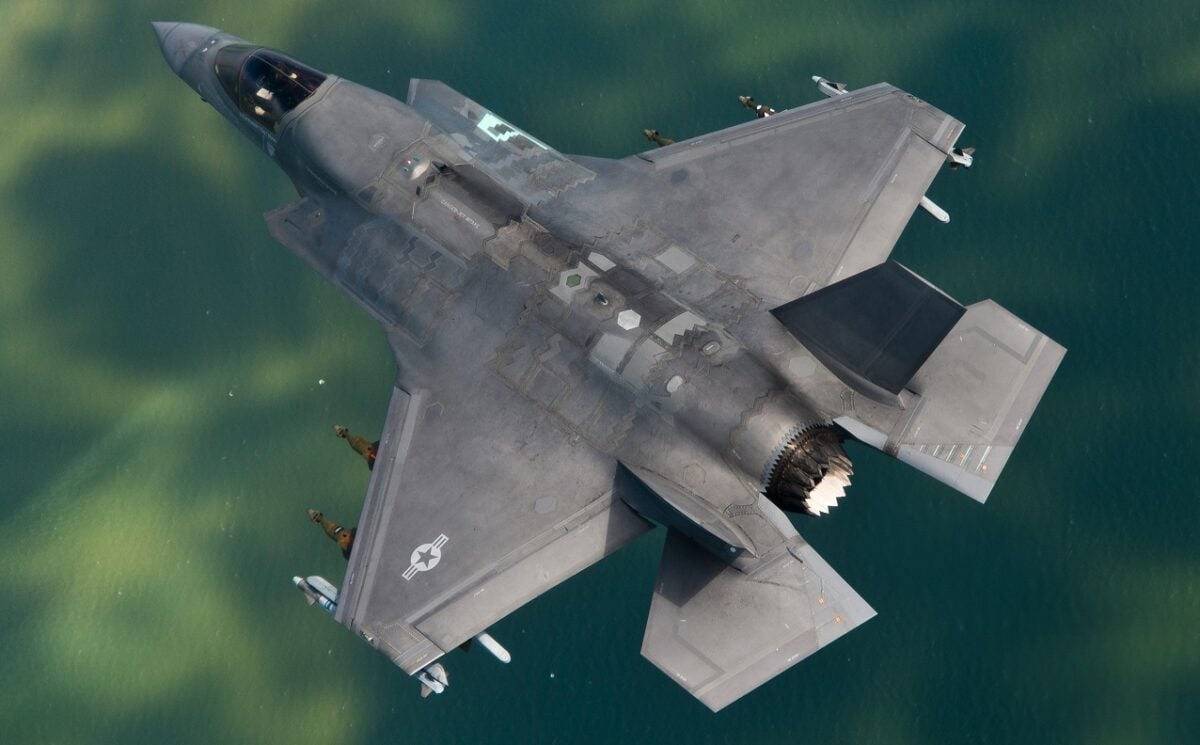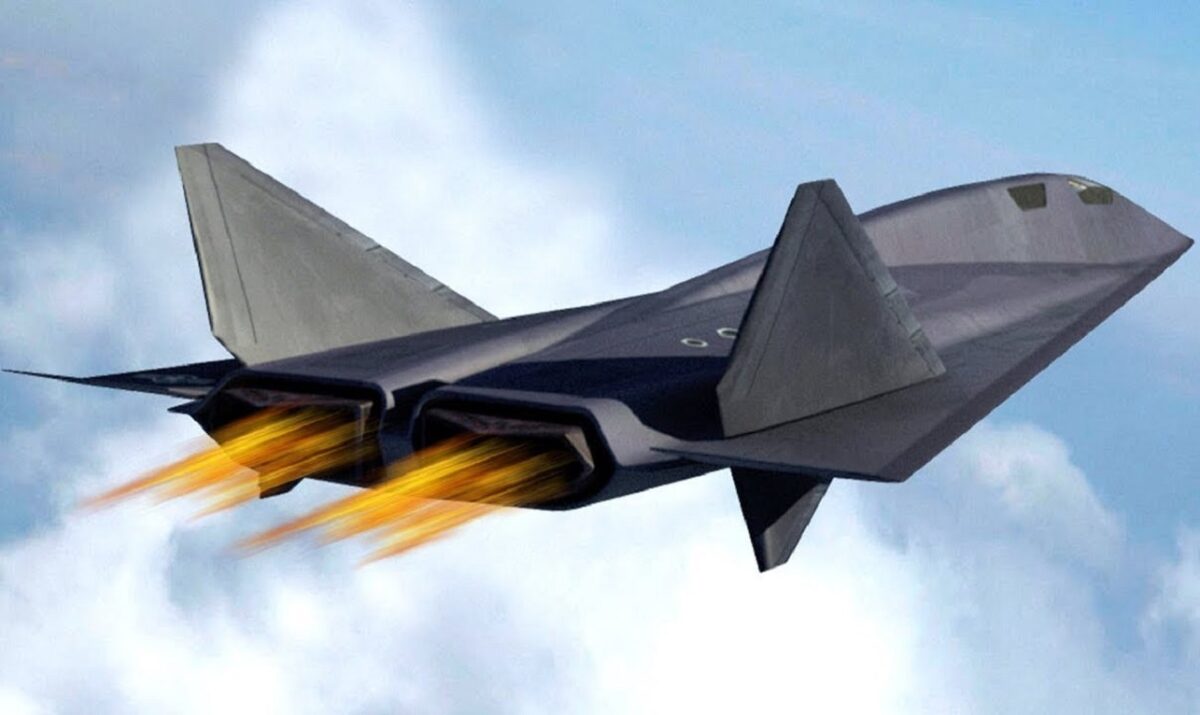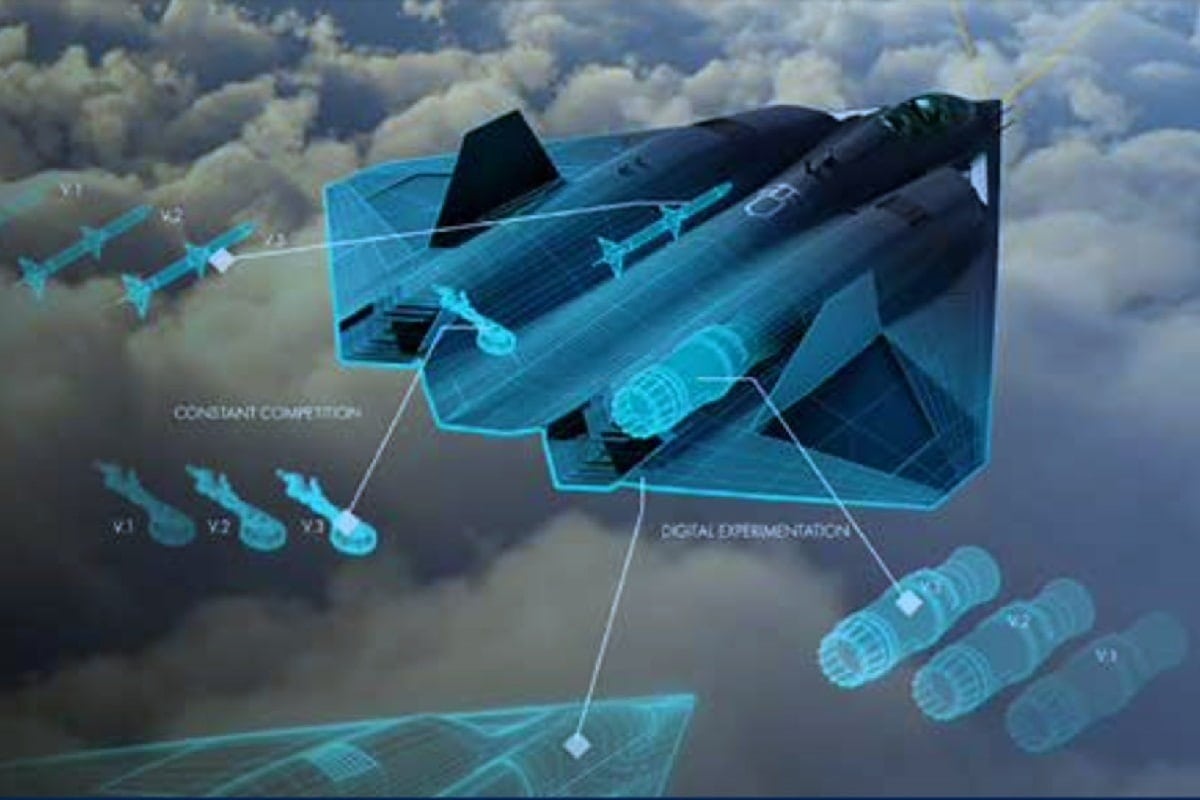Who will build a fleet for NGADs for the U.S. Air Force? Lockheed Martin famously edged out its aerospace rivals a generation ago in the Advanced Tactical Fighter (ATF) program, and the result was the world’s first “fifth-generation” combat aircraft, the F-22 Raptor. However, ATF competitor Northrop Grumman is now developing the B-21 Raider, which is set to take its maiden flight next year.
The big question – the multi-billion dollar question in fact – is which U.S. defense contractor(s) will be selected to develop and build the United States Air Force’s sixth-generation jet. Given that the Next Generation Air Dominance (NGAD) could be operating into possibly the early 22nd century, it could be seen as a considerable deal for whichever comes wins the contract.
According to a report this week from Breaking Defense, while Air Force Secretary Frank Kendall has declined to say when the service will choose a manufacturer of the aircraft, he said that a “final downselect” is “not all that far away.”
Kendell, who was attending last week’s Royal International Air Tattoo at Royal Air Force (RAF) Fairford in Gloucestershire, England, added, “It’s not imminent but it’s not all that far away,” and suggested, “There’s a little hint I’ll drop for you.”
To date, the Air Force has only confirmed three elements of the NGAD program, and those include a manned, sixth-generation fighter, the AIM-260 Joint Advanced Tactical Missile currently under development, and a suite of drones — which Kendall told Breaking Defense that it is a “collaborative combat aircraft” that could augment the manned fighter in battle.
This follows the news from last month that the NGAD fighter had reached the engineering, manufacturing, and development stage. Yet, Kendall had previously indicated that there is still ongoing competition for NGAD, which could raise questions on exactly how far along the program might actually be – even as the Air Force’s top civilian official has said that NGAD would have a traditional prime contractor.
It has been almost two years since reports circulated that the Air Force had secretly designed, built, and flown at least one prototype of its enigmatic next-generation fighter jet. It remains unclear which defense contractors may have played a role in developing the prototype.
“What we did was an experimental prototype,” Secretary Kendall said in June. “We basically had an X-plane program which was designed to reduce the risk of some of the key technologies that we would need for a production program.”
To date, Boeing, Lockheed Martin, and Northrop Grumman have been seen as potential manufacturers that could be competing to build the NGAD. As noted, Lockheed Martin could have an edge in that it was the lead contractor with the F-22 and is currently producing the lead contractor on the F-35, the world’s most capable aircraft flying today. Northrop Grumman also makes the shortlist as it is developing the B-21, while it along with McDonnell Douglas had developed the YF-23 – a finalist in the Air Force’s ATF competition.
Boeing’s advantage could come from its efforts with unmanned aerial vehicles (UAVs), while its X-32 was a contender in the Joint Strike Fighter competition that led to the development of the F-35.

NGAD artist concept from Northrop Grumman.

Image of F-35 Stealth Fighter. Image Credit: Lockheed Martin.

By: Image Credit: Rodrigo Avella
Regardless of which contractor eventually wins out, the Air Force has announced plans to field the NGAD by the end of the decade. The final question is how many aircraft the service will eventually acquire.
Now a Senior Editor for 1945, Peter Suciu is a Michigan-based writer who has contributed to more than four dozen magazines, newspapers and websites. He regularly writes about military hardware, firearms history, cybersecurity and international affairs. Peter is also a Contributing Writer for Forbes.

